Julius Caesar would not see the day through to its end on one memorable Ides of March, but he had been warned. Of course, the Ides of March (literally in Latin, Idus Martias) is the name of the date 15 March in the Roman calendar.
Shakespeare put the infamous warning in prose, with which most of us are familiar.
Caesar: Who is it in the press that calls on me?
I hear a tongue shriller than all the music
Cry "Caesar!" Speak, Caesar is turn'd to hear.
Soothsayer: Beware the ides of March.
Caesar: What man is that?
Brutus: A soothsayer bids you beware the ides of March.
Julius Caesar Act 1, scene 2, 15–19
The press was the crowd, and the man who would be king had cause for concern from that press.
The time came. Caesar was assassinated. Brutus, Cassius and their friends stabbed him to death (most accounts record 23 wounds, although Shakespeare's play says 33 times) - on the Ides of March, 44 BC, after Julius Caesar declared himself emperor-dictator of Rome for life.
There is a significant obelisk (at top, above) that is tied to the specific location of the death warning to Caesar. It is sited in Rome, in Saint Peter's Square, supposedly on the exact spot where Julius Caesar was told by the soothsayer of the date on which he would be killed.
"An English prelate who traveled to Rome at the beginning of the fourteenth century, Master Gregorius, found the last obelisk still standing up against the walls of Saint Peter's Basilica, in a dark alley flanked by crumbling old houses....Gregorius was captivated by the tradition that the bronze ball on the top of the obelisk contained the ashes of Julius Caesar....Gregorius passed on the story that the obelisk had been raised on the exact spot where Caesar, on the way to the Capitol, had been accosted by an astrologer who warned him he would be killed on the ides of March," from The Magic of Obelisks by Peter Tompkins, New York: Harper & Row, 1981, page 17.

(Peter Tompkins, pictured above as a young man, was a wonderfully textured individual, a former Office of Strategic Services agent who would go on to write scholarly researched books about occult matters. The most famous and successful is The Secret Life of Plants. Tompkins only recently died, on January 24, 2007. See his obituary here.)
The obelisk today is called Vaticano. It began first as an ancient Egyptian obelisk (they were erected in twos). In this one's first known Roman move, it was originally raised in the Forum Iulium in Alexandria by the Prefect Cornelius Gallus on Octavian's orders around 30-28 BC.
It was brought to Rome by Caligula in 37 for the spina of the Vatican Circus. Relocated by Pope Sixtus V in 1586 using a method devised by Domenico Fontana; the first monumental obelisk raised in the modern period, it is the only obelisk in Rome that has not toppled since Roman times. As noted, during the Middle Ages, the gilt ball on top of the obelisk was believed to contain the ashes of Julius Caesar. Fontana later removed the ancient metal ball, now in a Rome museum, that stood atop the obelisk and found only dust.
Today, this authentic Egyptian obelisk is one of only a few* left in the world.
Obelisks are tied to Egypt and Masonic importance, sexual magick and death, and more. I will speak of them further in the future. For this temporal moment, I merely wanted to share the visual impact they leave.
For March 15th, here's a vintage postcard tour of some of the mystical obelisks of various types, from around the globe.
Deploy. Wonder.
Enjoy. Ponder.
Obelisk, Heliopolis, Egypt
Cleopatra's Needle, London, United Kingdom
Cleopatra's Needle, New York, New York
Obelisk, Cairo, Egypt
Tring Park Pinnacle, Rothschilds' Vale of Aylesbury, United Kingdom
Washington Monument, Washington, D.C.
Cleopatra's Needle, Rosicrucian Park, San Jose, California
Bunker Hill Monument, Charlestown, Massachusetts
La Tour Eiffel vue depuis l'Obélisque, place de la Concorde, Paris, France
+++++++
*Footnote:
There are 29 ancient Egyptian obelisks in the following locations:
Egypt – 9
Pharaoh Tuthmosis I, Karnak Temple, Luxor
Pharaoh Ramses II, Luxor Temple
Pharaoh Hatshepsut, Karnak Temple, Luxor
Pharaoh Senusret I, Al-Masalla area of Al-Matariyyah district in Heliopolis, Cairo
Pharaoh Ramses III, Luxor Museum
Pharaoh Ramses II, Gezira Island, Cairo, 20.4 m
Pharaoh Ramses II, Cairo International Airport, 16.97 m
Pharaoh Seti II, Karnak Temple, Luxor, 7 m
Pharaoh Senusret I, Faiyum (ancient site of Crocodilopolis), 12.9 m
France – 1
Pharaoh Ramses II, in Place de la Concorde, Paris
Israel – 1
Caesarea obelisk
Italy – 11 (includes the only one located in the Vatican City)
8 in Rome (see Obelisks in Rome)
Piazza del Duomo, Catania (Sicily)
Boboli Gardens (Florence)
Urbino
Poland – 1
Ramses II, Poznań Archaeological Museum, Poznań (on loan from Ägyptisches Museum und Papyrussammlung, Berlin)
Turkey – 1
Pharaoh Tuthmosis III, in Square of Horses, Istanbul
United Kingdom – 4
Pharaoh Tuthmosis III, "Cleopatra's Needle", on Victoria Embankment, London
Pharaoh Amenhotep II, in the Oriental Museum, University of Durham
Pharaoh Ptolemy IX, Philae Obelisk, at Kingston Lacy, near Wimborne Minster, Dorset
Pharaoh Nectanebo II, British Museum, London
United States – 1
Pharaoh Tuthmosis III, "Cleopatra's Needle", in Central Park, New York
++++
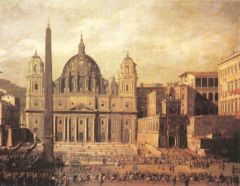
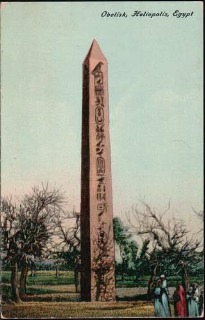
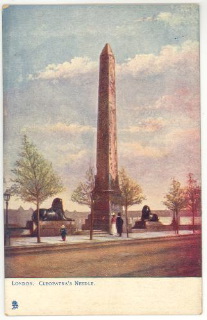
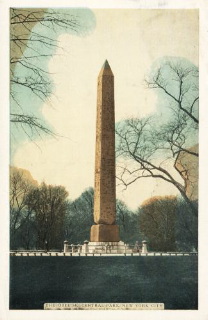
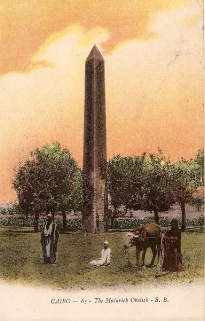
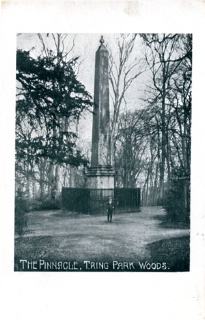
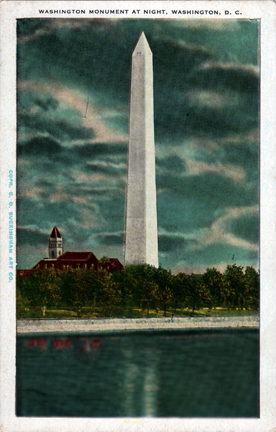
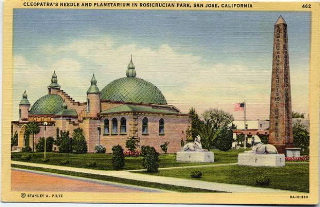
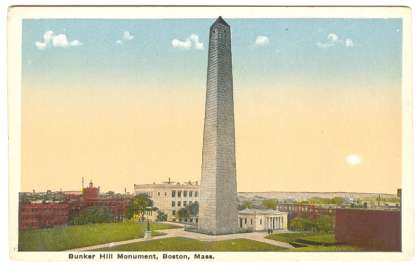

7 comments:
Julius Caesar was assassinated far from St. Peter's Square, on the other side of Rome, at the Teatro di Pompeo (Pompey's theatre).
I visited the site in 2002. It was difficult to find and I think this is deliberate. I had to rely on local residents to locate it. The theatre no longer stands and the memorial plaque is minuscule. There is no obelisk nearby.
Yes, I completely concur with what Michael Hoffman shares.
I have edited, expanded and updated this posting to correctly reflect that this obelisk is tied to the location, not where Caesar was killed, but where the Ides of March prediction was shared with him. I have also added Tompkins' quote on this.
I would love to see that obelisk. Indeed I would love to see Rome one day. Thanks for the information, Loren and Mr. Hoffman.
Busloads of public school kiddees regularly frolic about the obelisk and Egyptian museum in San Jose, California, established by OTO man H. Spencer Lewis, founder of the mail-order Rosicrucian group AMORC. Separation of Occult and State has never been a goal; quite the opposite.
Texas has its own obelisk as well, The San Jacinto monument...
http://www.usstexasbb35.com/FTV-Volunteers/Misc-Photos/Texas-arial-Mon-Ship.jpg
The University of Notre Dame has an obelisk marking the grave of Alexis Coquillard, considered a founder of the surrounding city of South Bend, Indiana.
54 killed in a bus crash in Brazil, the number rose from 49 over night. Officials expect this number to increase. Beware it seems bus accidents are where "it" starts, eyes to the sky now.
http://www.foxnews.com/world/2015/03/15/brazil-bus-crash/
Post a Comment